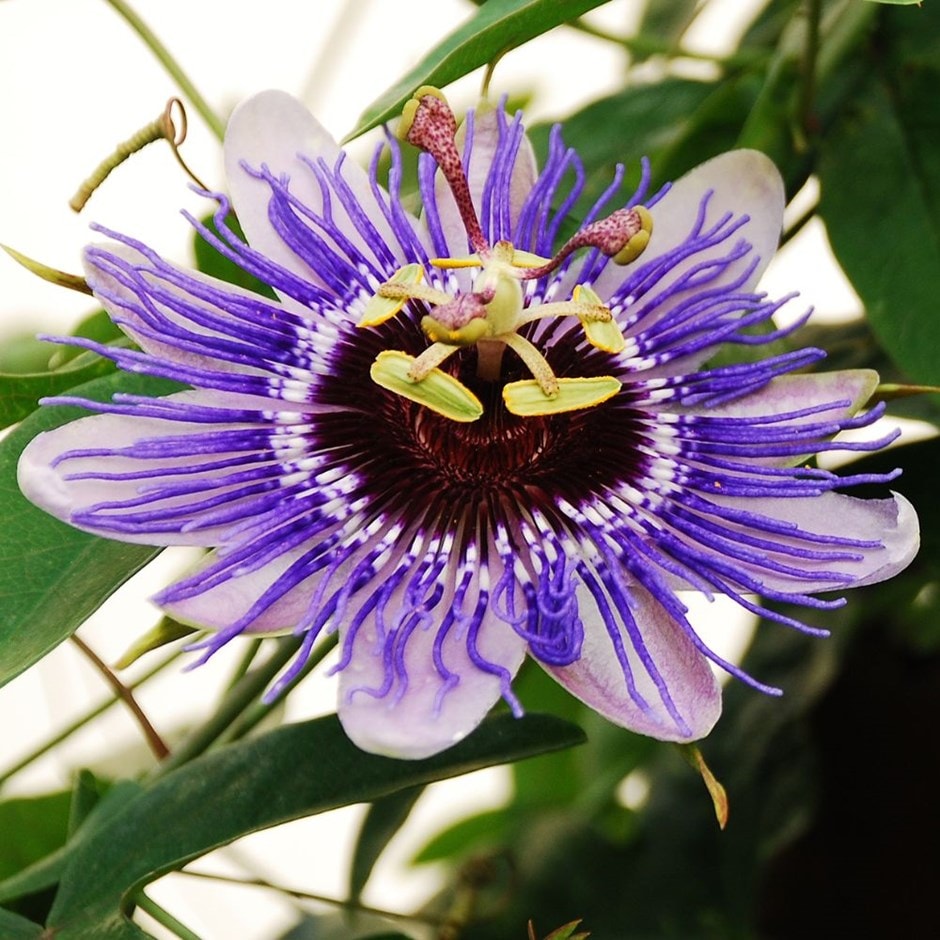Passiflora 'Purple Haze'
purple passion flower


*selected lines


To avoid dry conditions, and to ensure good soil contact around the rootball, we advise planting climbers at least 30cm (12in), and preferably 45-60cm (18-24in) away from the base of a wall or fence. An even larger distance should be maintained when planting climbers beside an existing tree or shrub.
Full sun
Fast-growing
Moderately fertile, moist, well-drained soil
Borderline hardy (will need protection in winter in colder areas)

Clematis armandi 'Snowdrift'
clematis (group 1) ( syn. Clematis armandii Snowdrift)
| 2 litre pot | 60cm cane | £34.99 |
|
| 7.5 litre pot | 1.8m cane | £139.99 |
|
Clematis 'Early Sensation'
clematis (group 1) (syn. Clematis × cartmanii Early Sensation)
Get the latest from RHS Plants, including offers and inspiration. Plus - save 10% off your first order when you sign up.
View our Privacy Policy
© RHS Enterprises Limited 2025
Registered in England & Wales No. 01211648. | VAT No. GB461532757 | Registered Office: 80 Vincent Square, London, SW1P 2PE.
All sales help fund the charitable work of the RHS.

